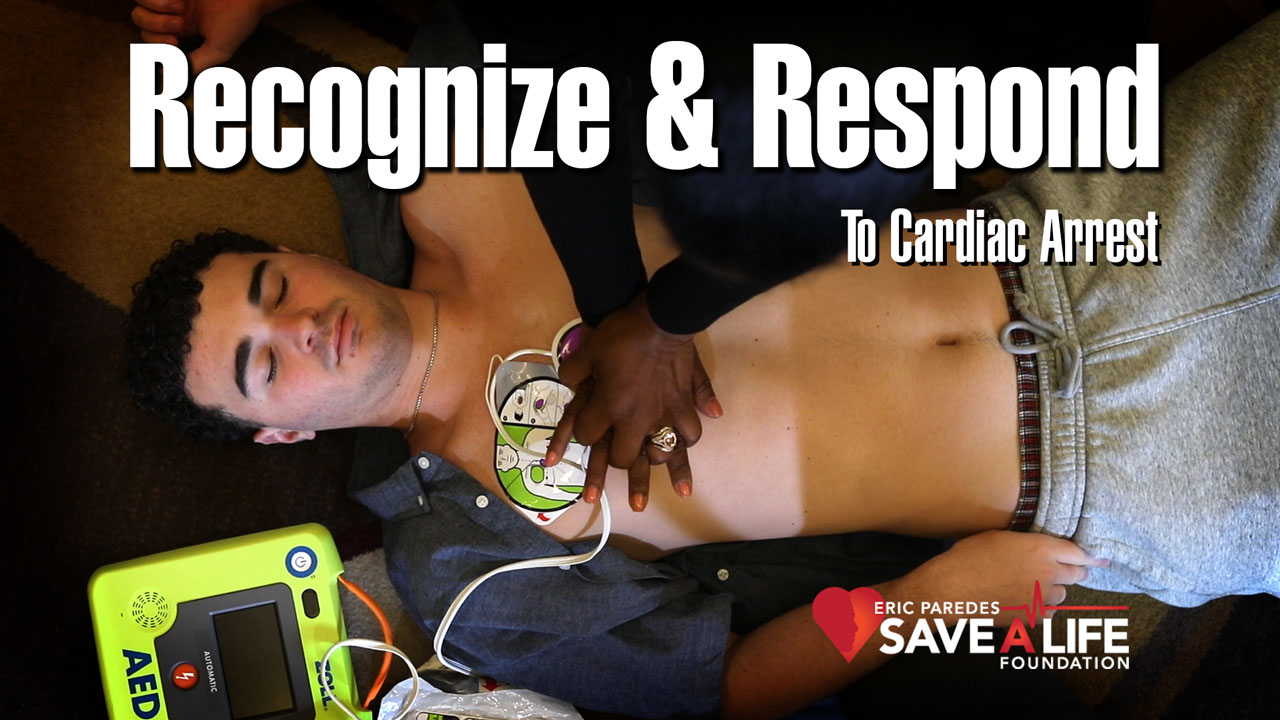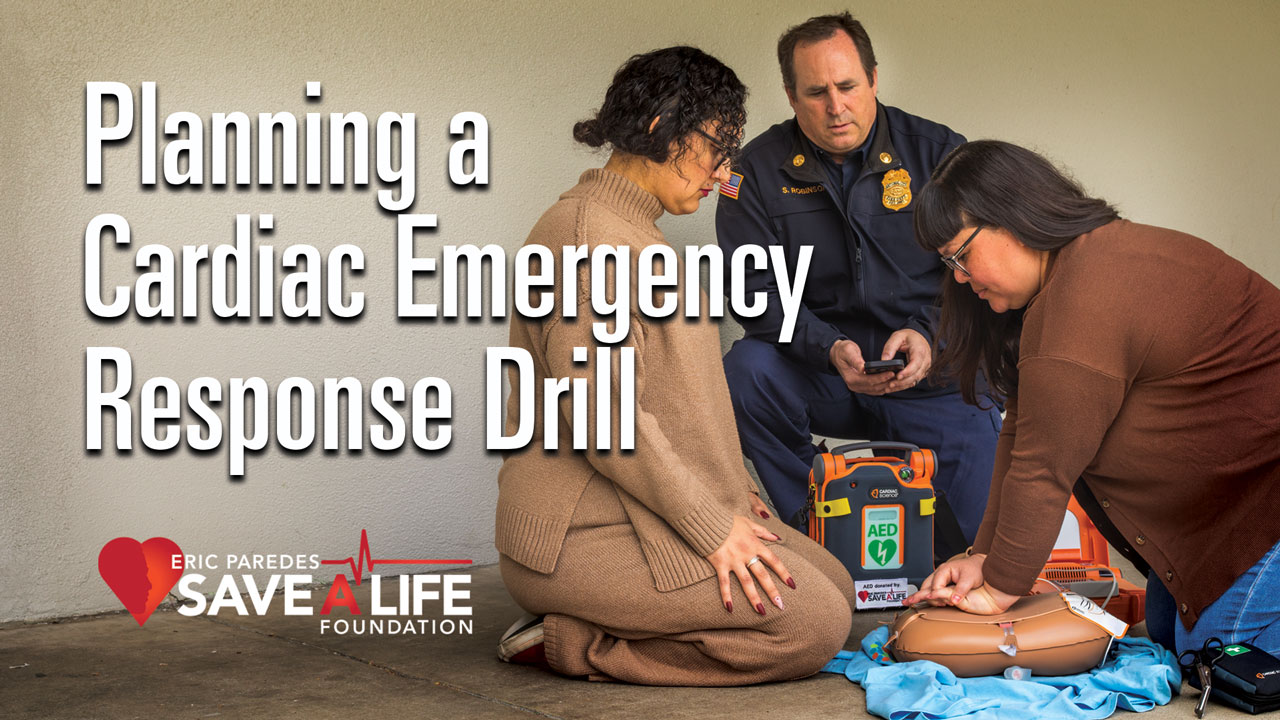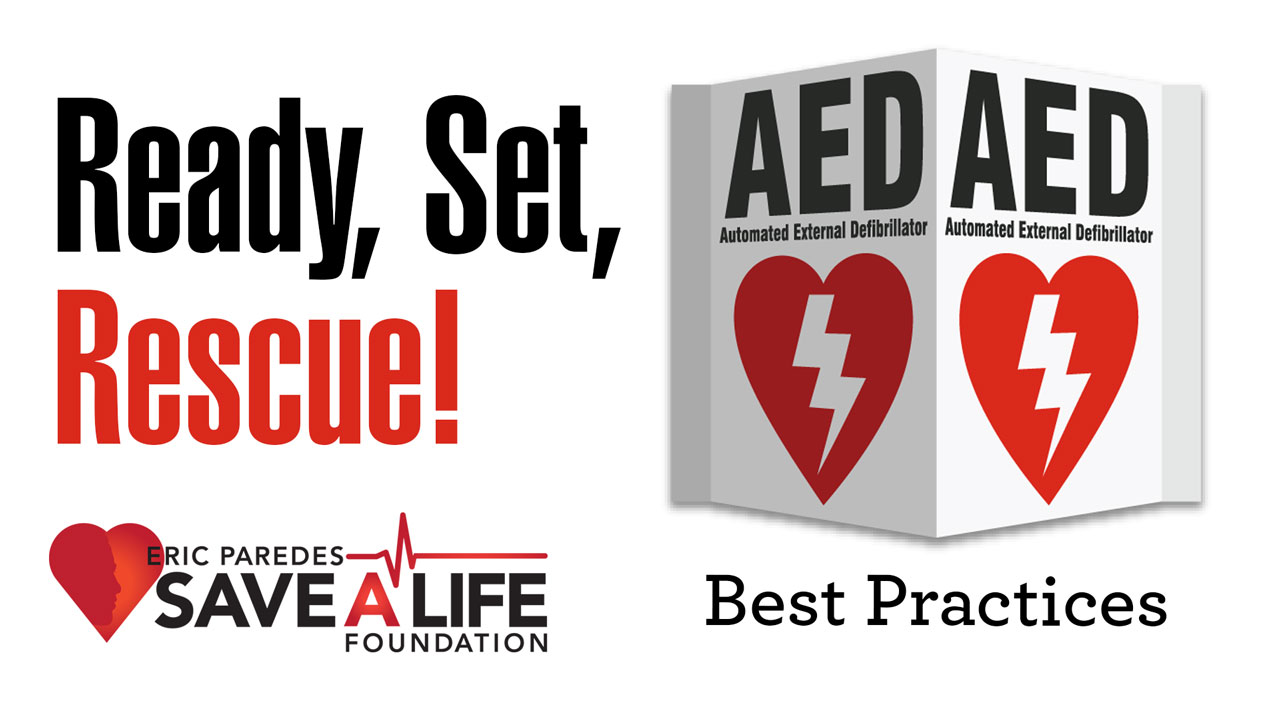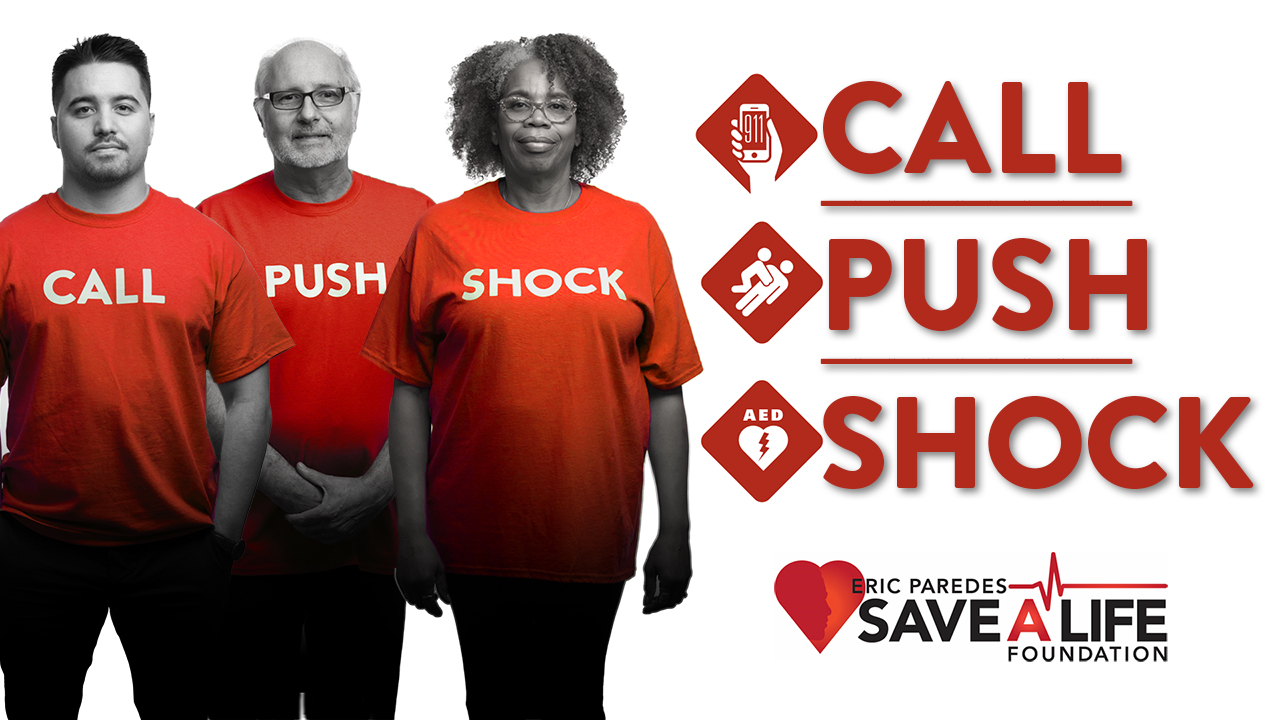Cardiac Emergency Response
Planning for Schools
Sudden Cardiac Arrest Facts
Leading Cause of Death
on Campus
Killer of Student
Athletes
Survival
Rate
Average EMS
Response Time
Brain Death Begins without Intervention
Survival Triples
With Bystander
CPR/AED
7X Survival with Cardiac Emergency Response Plan
AB2887 (2024) indicates that as California schools review their emergency action plans on or after July 1, 2025, procedures to respond to sudden cardiac arrest incidents must be included, with updated comprehensive school safety plans due by March 1 annually.
Free Planning Resources
In 2015, the American Heart Association led a national task force of 12 youth health and safety organizations to develop an evidence-based cardiac emergency response plan for schools, updated in 2024 with Parent Heart Watch and Project ADAM. Our adapted free toolkit outlines a five-step process for implementing the plan—a vital step towards sudden cardiac death prevention.
Appoint a cardiac emergency response team
Document the plan and share it with EMS/Fire Rescue
Stage an annual cardiac emergency response drill
Communicate the plan to your school community
Properly install & maintain publicly accessible AEDs
Free Video Training Tools
Recognize & Respond
So many are unaware of what sudden cardiac arrest looks like and what to do when it happens. Share this video with family, friends, neighbors, schools, teams and co-workers so each of us is prepared to respond to a cardiac emergency by calling 911, starting hands-only CPR and using an AED. Will you be ready to act when every second counts?
Planning a Cardiac Emergency Response Drill
A cardiac emergency response plan is a vital tool to help schools and other youth-serving facilities execute a rapid response to a sudden cardiac arrest (SCA). Evidence-based plans that increase survival include regularly scheduled drills, because emergency response is most effective when it’s well-practiced.
Is Your AED Ready to Rescue?
When seconds could mean the difference between life and death for an SCA victim, your AED must be visible, accessible and maintained, just like a fire extinguisher. It matters where you place it, if anyone can reach it, that someone takes care of it, if everyone can spot it, and that your community knows they can use it!
You CAN Save a Life
Bystander intervention is the only way to increase the chance of survival for a sudden cardiac arrest victim. Research shows that once the public understands that their intervention could mean the difference between life and death, they are willing to Call-Push-Shock. Use this video to start the conversation that empowers your campus.
Thank you for your commitment to protect young hearts!
For questions or assistance with navigating the planning process, please do not hesitate to contact executivedirector@epsavealife.org.
How to Access the Free Toolkit
Please complete the form below and you will be emailed a link to the materials you can use to implement your cardiac emergency response plan.




